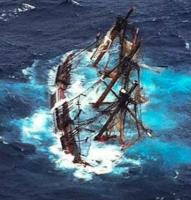 The NTSB Report conclusion came as no real surprise. Captain Robin Walbridge; who was lost along with a crew member, Claudene Christian, in the sinking of the replica of the HMS Bounty; should never have taken the ship to sea with the well forecast approach of Hurricane Sandy. That is the bottom line.
The NTSB Report conclusion came as no real surprise. Captain Robin Walbridge; who was lost along with a crew member, Claudene Christian, in the sinking of the replica of the HMS Bounty; should never have taken the ship to sea with the well forecast approach of Hurricane Sandy. That is the bottom line.
Depending on your particular perspective, the focus could be placed on the relatively inexperienced crew, the material used in caulking while in the shipyard, the discovered rot in the hull, or the mal-functioning bilge system and lack of functioning back-up pumps. None of this would necessarily have mattered if the captain had sought to take the ship to a harbor of refuge, rather than attempting, and coming very close to succeeding, to sail around the hurricane.
The NTSB determined that the probable cause of the sinking was “was the captain’s reckless decision to sail the vessel into the well-forecasted path of Hurricane Sandy, which subjected the aging vessel and the inexperienced crew to conditions from which the vessel could not recover. Contributing to the sinking was the lack of effective safety oversight by the vessel organization.”
National Transportation Safety Board – Marine Accident Brief : Sinking of Tall Ship Bounty

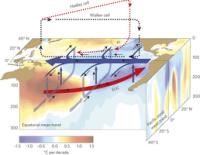
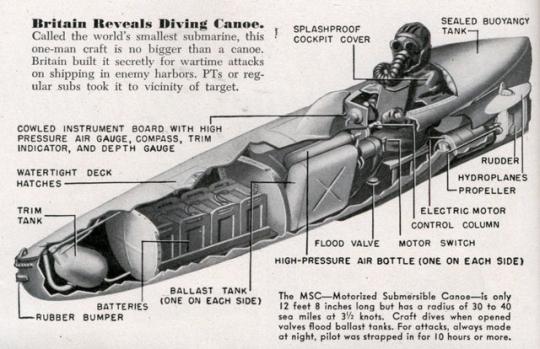 In World War II, the British government set up the
In World War II, the British government set up the 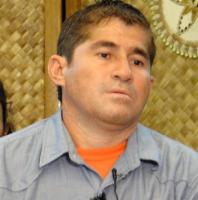

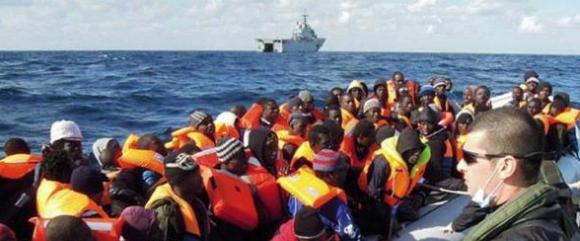

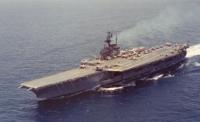 The
The  On Saturday, we
On Saturday, we  The Starz premium cable channel has a new big-budget original series,
The Starz premium cable channel has a new big-budget original series,  Today’s
Today’s  A man recently drifted ashore in a 24′ fiberglass boat on
A man recently drifted ashore in a 24′ fiberglass boat on 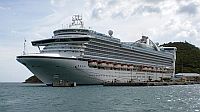 Princess Cruises announced that the
Princess Cruises announced that the 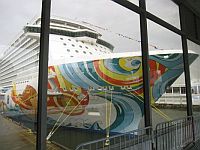
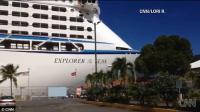 It is no doubt not a record that Royal Caribbean would have aspired to. Their ship,
It is no doubt not a record that Royal Caribbean would have aspired to. Their ship,  A
A